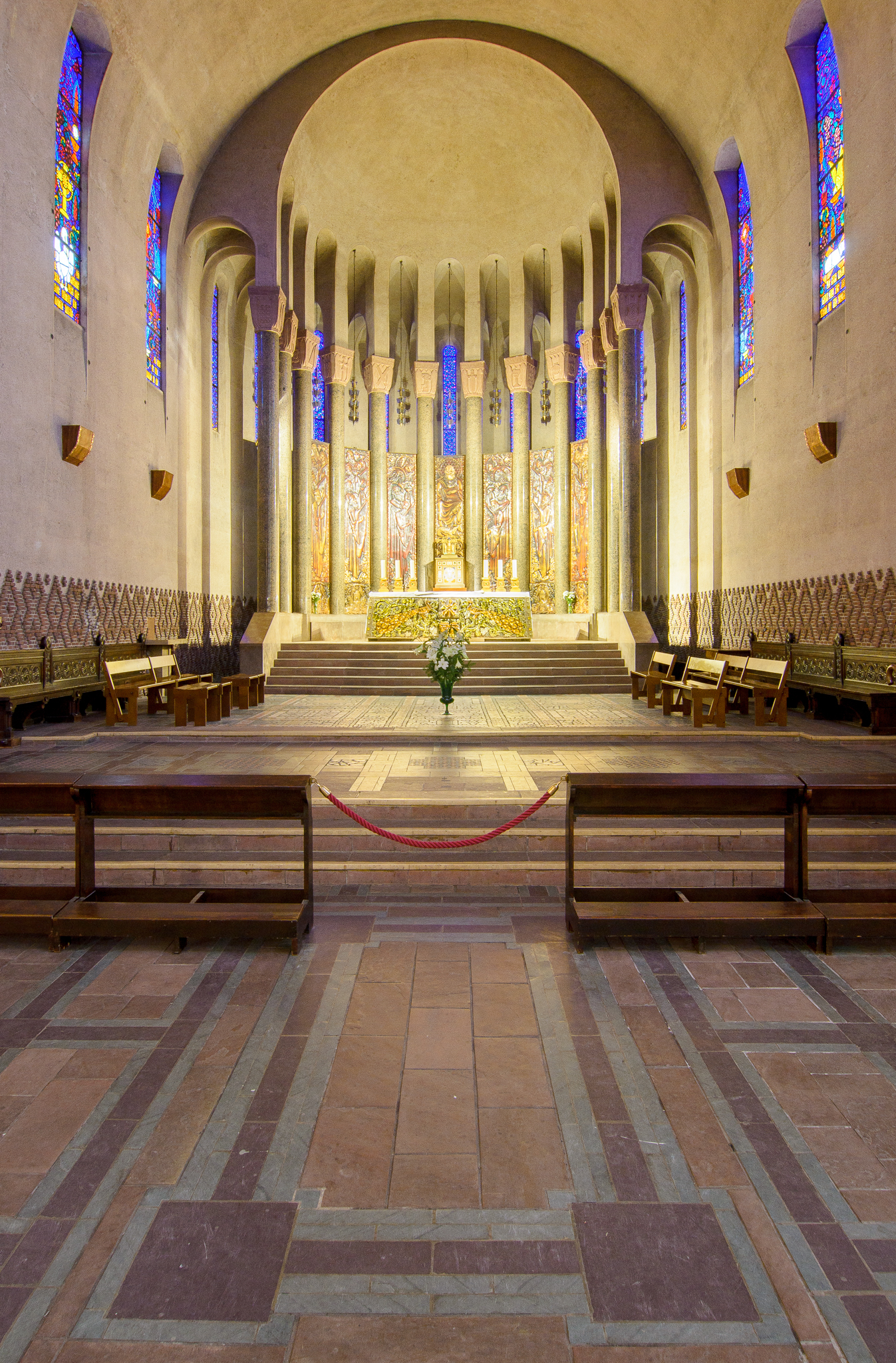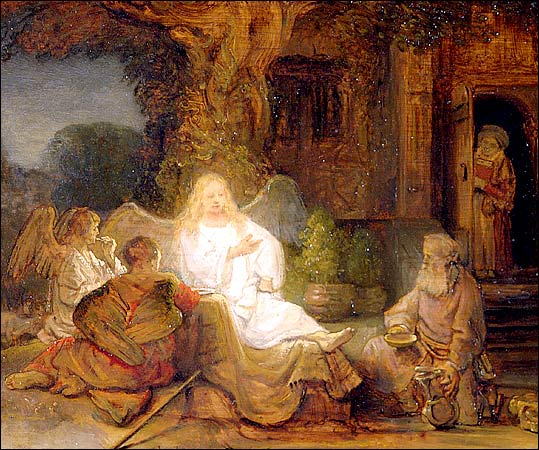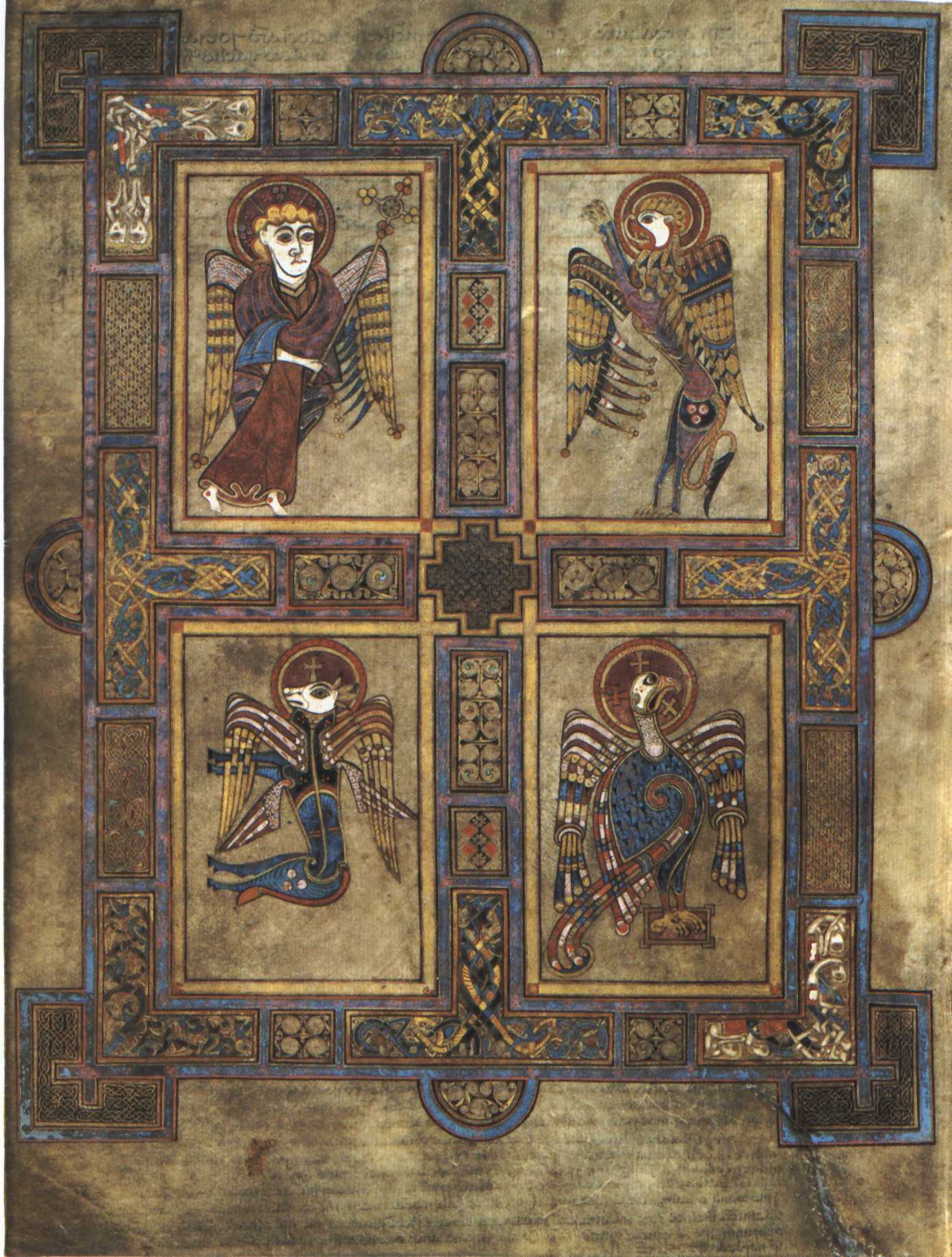|
Sainte-Odile, Paris
Sainte-Odile is a Roman Catholic church located in the 17th arrondissement of Paris, at the northwest edge of the city. It is dedicated to Odile of Alsace, Saint Odile, the patron saint of Alsace. It was constructed between 1935 and 1946, and is a rare example of Art Deco architecture among the churches of Paris. Its bell tower, 72 meters high, is the tallest in Paris. It is also known for its remarkable collection of Art Deco stained-glass windows. It was classified as French historic monument in 2001."Paris, église Saint-Odile", ''Patrimoine-histoire'' In French) History The project for a new church was launched by a popular journalist and curate of the church of Saint-Francois-Sales, Eugene-Edmond Loutil (1863-1959). He presented the idea to Card ...[...More Info...] [...Related Items...] OR: [Wikipedia] [Google] [Baidu] |
17th Arrondissement Of Paris
The 17th arrondissement of Paris (''XVIIe arrondissement'') is one of the 20 arrondissements of the capital city of France. In spoken French, it is referred to as ''le dix-septième'' (; "the seventeenth"). The arrondissement, known as Batignolles-Monceau, is situated on the right bank of the River Seine. In 2019, it had a population of 166,543. It borders the inner suburbs of Neuilly-sur-Seine, Levallois-Perret and Clichy in Hauts-de-Seine to the northwest, as well as Saint-Ouen-sur-Seine in Seine-Saint-Denis to the northeast. Geography The land area of the 17th arrondissement is . Situated on the right bank (Rive Droite) of the River Seine, it is divided into four administrative districts: Ternes and Monceau in the southwestern part, two upper-class districts which are more Haussmannian in style; in the middle of the arrondissement, the Batignolles district, an area mostly occupied by young families or couples, with a marked gentrification process; in the northeastern p ... [...More Info...] [...Related Items...] OR: [Wikipedia] [Google] [Baidu] |
Pate De Verre
Glass casting is the process in which glass objects are cast by directing molten glass into a mould where it solidifies. The technique has been used since the 15th century BCE in both Ancient Egypt and Mesopotamia. Modern cast glass is formed by a variety of processes such as kiln casting or casting into sand, graphite or metal moulds. History Roman period During the Roman period, moulds consisting of two or more interlocking parts were used to create blank glass dishes. Glass could be added to the mould either by frit casting, where the mould was filled with chips of glass (called frit) and then heated to melt the glass, or by pouring molten glass into the mould.Stern, E.M., Roman Mould-blown Glass, Rome, Italy: L'Erma di Fretshneidur in association with the Toledo Museum of Art. Evidence from Pompeii suggests that molten hot glass may have been introduced as early as the mid-1st century CE. Blank vessels were then annealed, fixed to lathes and cut and polished on all surface ... [...More Info...] [...Related Items...] OR: [Wikipedia] [Google] [Baidu] |
Joan Of Arc
Joan of Arc ( ; ; – 30 May 1431) is a patron saint of France, honored as a defender of the French nation for her role in the siege of Orléans and her insistence on the Coronation of the French monarch, coronation of Charles VII of France during the Hundred Years' War. Claiming to be acting under divine guidance, she became a military leader who transcended gender roles and gained recognition as a savior of France. Joan was born to a propertied peasant family at Domrémy-la-Pucelle, Domrémy in northeast France. In 1428, she requested to be taken to Charles VII, later testifying that she was guided by visions from the archangel Michael, Margaret the Virgin, Saint Margaret, and Catherine of Alexandria, Saint Catherine to help him save France from English domination. Convinced of her devotion and purity, Charles sent Joan, who was about seventeen years old, to the siege of Orléans as part of a relief army. She arrived at the city in April 1429, wielding her banner a ... [...More Info...] [...Related Items...] OR: [Wikipedia] [Google] [Baidu] |
Saint Michael
Michael, also called Saint Michael the Archangel, Archangel Michael and Saint Michael the Taxiarch is an archangel and the warrior of God in Christianity, Judaism, and Islam. The earliest surviving mentions of his name are in third- and second-century BC Jewish works, often but not always apocalyptic, where he is the chief of the angels and archangels, and he is the guardian prince of Israel and is responsible for the care of the Israelites, people of Biblical Israel, Israel. Christianity conserved nearly all the Jewish traditions concerning him, and he is mentioned explicitly in Revelation 12:7–12, where he does battle with Satan, and in the Epistle of Jude, where the archangel and the devil dispute over the body of Moses. Old Testament and Apocrypha The Book of Enoch lists him as one of seven archangels (the remaining names are Uriel, Raguel (angel), Raguel, Raphael (archangel), Raphael, Sariel, Gabriel, and Remiel), who, in the Book of Tobit, “stand ready and ente ... [...More Info...] [...Related Items...] OR: [Wikipedia] [Google] [Baidu] |
Raphael (archangel)
Raphael ( , ; "God has healed") is an archangel first mentioned in the Book of Tobit and in 1 Enoch, both estimated to date from between the 3rd and 2nd century BCE. In later Jewish tradition, he became identified as one of the three heavenly visitors entertained by Abraham at the Oak of Mamre. He is not named in either the New Testament or the Quran, but later Christian tradition identified him with healing and as the angel who stirred waters in the Pool of Bethesda in John 5:2–4, and in Islam, where his name is Israfil, he is understood to be the unnamed angel of Quran 6:73, standing eternally with a trumpet to his lips, ready to announce the Day of Judgment. In Gnostic tradition, Raphael is represented on the Ophite Diagram. Origins in post-exilic literature In the Hebrew Bible, the word () means messenger or representative; either human or supernatural in nature. When used in the latter sense it is translated as "angel". The original mal'akh lacked both individua ... [...More Info...] [...Related Items...] OR: [Wikipedia] [Google] [Baidu] |
Art Deco
Art Deco, short for the French (), is a style of visual arts, architecture, and product design that first Art Deco in Paris, appeared in Paris in the 1910s just before World War I and flourished in the United States and Europe during the 1920s to early 1930s, through styling and design of the exterior and interior of anything from large structures to small objects, including clothing, fashion, and jewelry. Art Deco has influenced buildings from skyscrapers to cinemas, bridges, ocean liners, trains, cars, trucks, buses, furniture, and everyday objects, including radios and vacuum cleaners. The name Art Deco came into use after the 1925 (International Exhibition of Modern Decorative and Industrial Arts) held in Paris. It has its origin in the bold geometric forms of the Vienna Secession and Cubism. From the outset, Art Deco was influenced by the bright colors of Fauvism and the Ballets Russes, and the exoticized styles of art from Chinese art, China, Japanese art, Japan, Indian ... [...More Info...] [...Related Items...] OR: [Wikipedia] [Google] [Baidu] |
Church Tabernacle
A tabernacle or a sacrament house is a fixed, locked box in which the Eucharist in the Catholic Church, Eucharist (consecrated communion hosts) is stored as part of the "reserved sacrament" rite (Christianity), rite. A container for the same purpose, which is set directly into a wall, is called an ''aumbry''. Within Catholic Church, Catholicism, Eastern Orthodoxy, and in some traditions of Lutheranism and Anglicanism, the tabernacle is a box-like or dome-like vessel for the exclusive reservation of the consecrated Eucharist. It is normally made from precious metals, stone or wood, and is lockable and secured to the altar or adjacent wall to prevent the consecrated elements within from being removed without authorization. These denominations believe that the Eucharist contains the Real presence of Christ in the Eucharist, real presence of Jesus, and thus use the term ''tabernacle'', a word referring to the Tabernacle, Old Testament tabernacle, which was the locus of God's presen ... [...More Info...] [...Related Items...] OR: [Wikipedia] [Google] [Baidu] |
Twenty-Four Elders
The Twenty-Four Elders are Book of Revelation#Figures in Revelation, figures from the Book of Revelation who appear in the ''Revelations'' 4, 5, 7, 11 and 19 of the Christianity, Christian Bible; in white robes and golden crowns they on sit with musical instruments on thrones before God during the Apocalypse and praise and worship him. Religious scholars have pointed out the thrones indicate that these are beings of power and authority in Heaven, the crowns indicate that their faith has been tested and the white robes indicate that they are clothed in Righteousness#Christianity, righteousness. They are described in the King James Bible, Book of Revelation 4 as: :4 And round about the throne were four and twenty seats: and upon the seats I saw four and twenty elders sitting, clothed in white raiment; and they had on their heads crowns of gold. :10 The four and twenty elders fall down before him that sat on the throne, and worship him that liveth for ever and ever, and cast their ... [...More Info...] [...Related Items...] OR: [Wikipedia] [Google] [Baidu] |
The Seven Churches Of The Apocalypse
The Seven Churches of Revelation, also known as the Seven Churches of the Apocalypse and the Seven Churches of Asia, are seven churches of early Christianity mentioned in the New Testament Book of Revelation. All of them were located in Asia Minor, present-day Turkey. Description According to Revelation 1:11, on the island of Patmos in the far east of the Aegean Sea, Jesus instructed John of Patmos to " ite in a book what you see in your visions, and send it to the seven churches, to Ephesus, to Smyrna, to Pergamum, to Thyatira, to Sardis, to Philadelphia, and to Laodicea." . The seven churches The seven churches are named for their locations. The Book of Revelation provides descriptions of each Church. * Ephesus (Revelation 2:1–7): known for having laboured hard and not fainted, and separating themselves from the wicked; admonished for having forsaken its first love (2:4) * Smyrna (Revelation 2:8–11): admired for its tribulation and poverty; but for which it is foreto ... [...More Info...] [...Related Items...] OR: [Wikipedia] [Google] [Baidu] |
Retable
A retable is a structure or element placed either on or immediately behind and above the altar or communion table of a church. At the minimum, it may be a simple shelf for candles behind an altar, but it can also be a large and elaborate structure. A retable which incorporates sculptures or paintings is often referred to as an altarpiece. According to the Getty ''Art & Architecture Thesaurus Online'', "A 'retable' is distinct from a 'reredos'; while the reredos typically rises from ground level behind the altar, the retable is smaller, standing either on the back of the altar itself or on a pedestal behind it. Many altars have both a reredos and a retable." 'Retable' This distinction is not always upheld in common use, ... [...More Info...] [...Related Items...] OR: [Wikipedia] [Google] [Baidu] |



